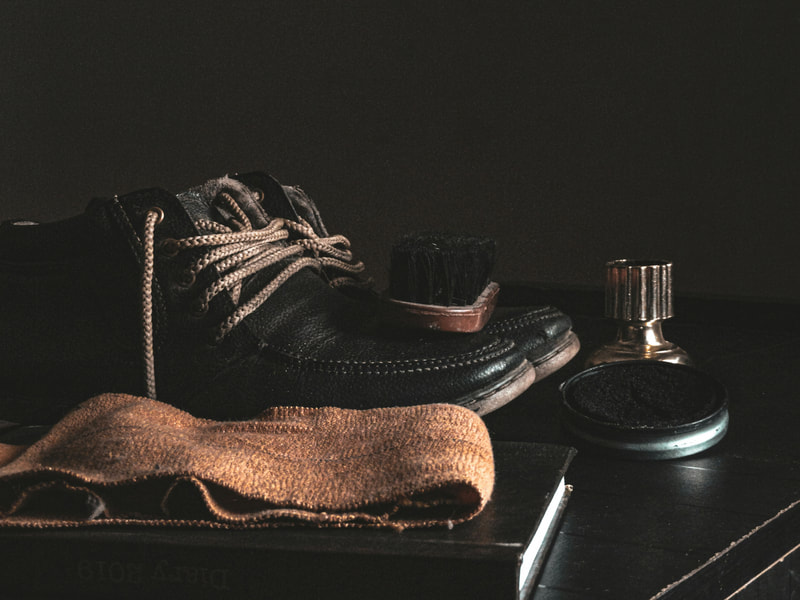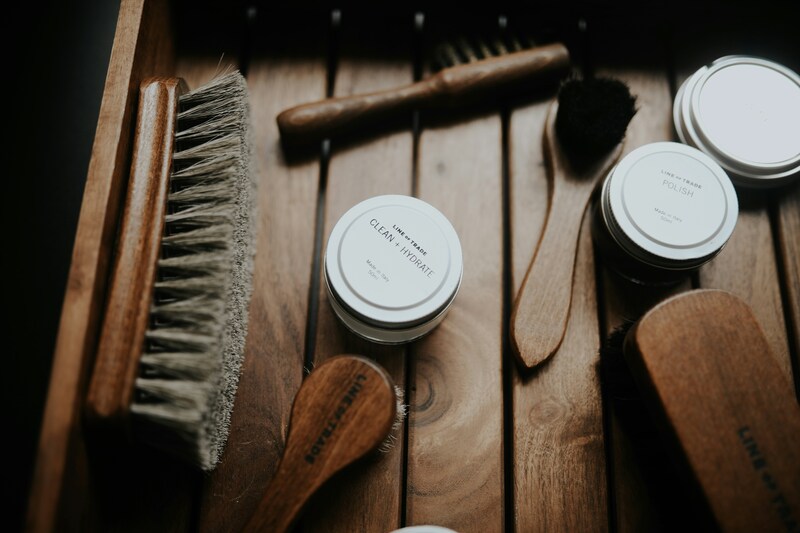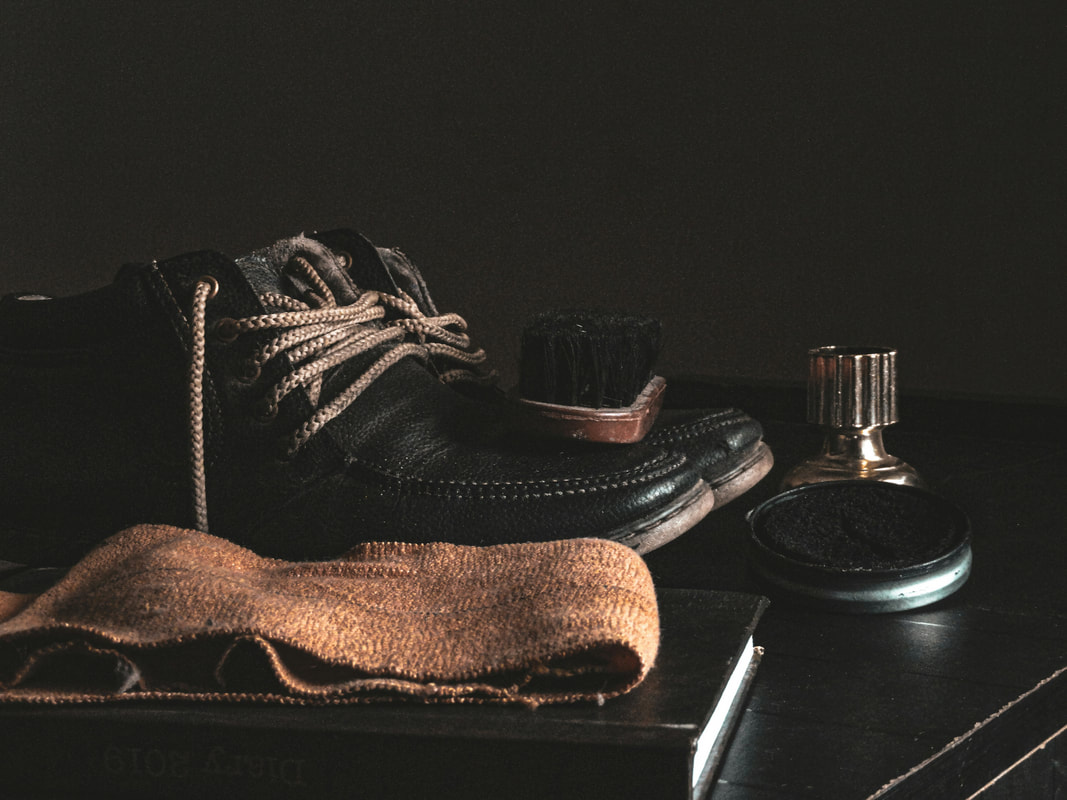|
Shoe Polish: What It Is and What It Does
Shoe polish is a waxy or cream-based substance used to shine, restore color, and protect shoes—mainly leather. It forms a barrier against moisture and dust, and enhances the natural beauty of the shoe. Types of Shoe Polish
|
Shoe Brush: Types and UsesBrushes are essential tools in shoe care—used for cleaning, applying polish, and buffing.
Types of Shoe Brushes
ools & Accessories to Know
|
|
How to Polish Shoes – Step-by-StepA. Preparation
|
|
Polishing Frequency
Common Mistakes to Avoid
Shoe Storage Tips
Eco and Skin Safety Tips
|



